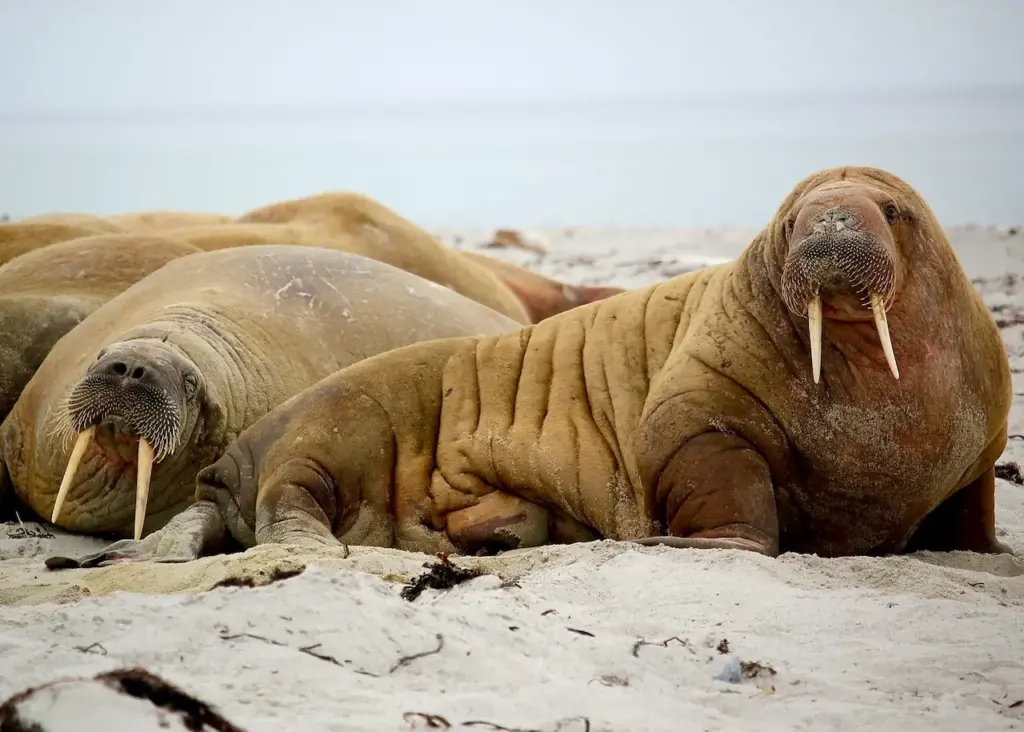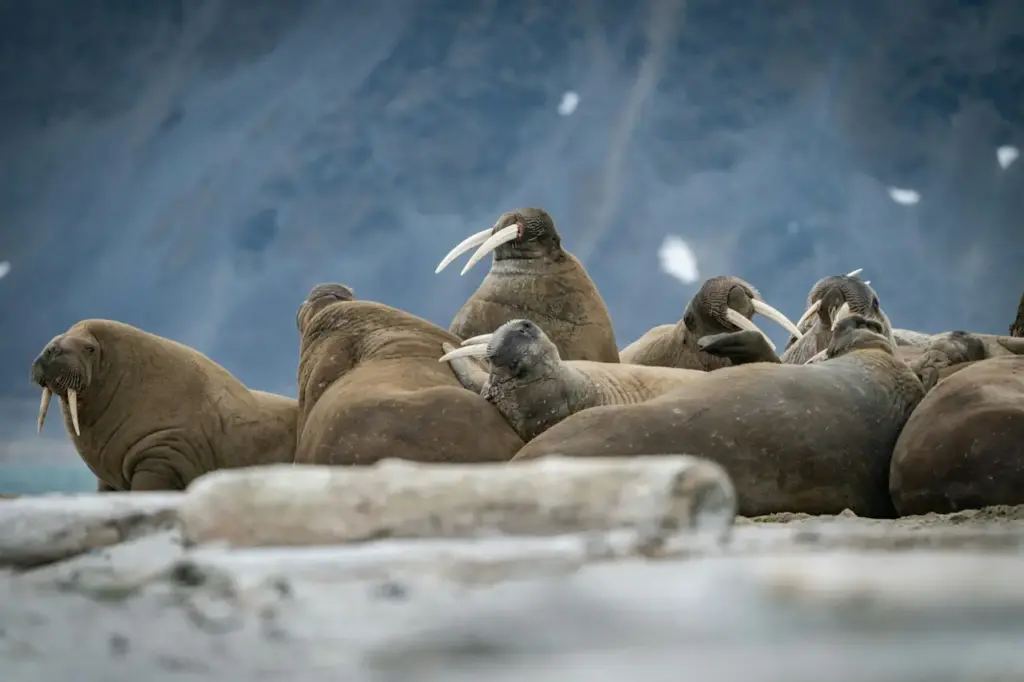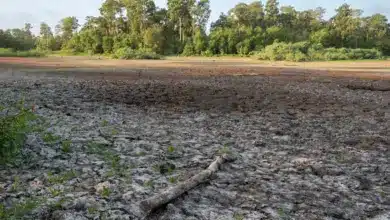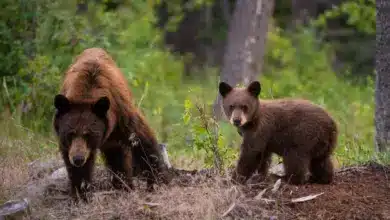The volume of arctic sea ice currently stands at its third lowest level in recorded history. As a result, walruses in northwest Alaska, which normally ride floating sea ice along the coast, have instead been crowding onto land. The U.S. Geological Survey reports tens of thousands of the marine mammals gathered on a single rocky island.

The mass haul-out is dangerous to the walruses not only because food supplies near the island can quickly become exhausted, but also because when a large crowd of walruses becomes frightened and panics, the heavy creatures can stampede and crush many of the smaller members of their herd.
The vanishing ice is a result of global climate change, which is affecting the Arctic and Antarctic regions more quickly than it is other regions of the planet. Although the current mass walrus haul-out is the first time so many walruses have gathered on land in this part of Alaska, the behavior has been observed before in other parts of Alaska, as well as in Far Eastern Russia.
Although there is no accurate population count for Pacific walruses, which live along the Arctic and sub-Arctic coastlines of Alaska and Northeastern Russia, scientists say the species is declining because global warming is causing its sea-ice habitat to shrink and pull away from the shorelines near which walruses feed and breed. Walruses depend on floating sea ice as places to rest and to raise and bear their young and as floating platforms from which to dive for shellfish. The ice moves with the prevailing currents and constantly presents the walruses with fresh shellfish beds.
When ice retreats to waters that are too deep for foraging, walruses are forced to crowd together on land where smaller animals are often crushed to death by larger ones. In addition, land-bound walruses can eventually exhaust their available food resources and are also more vulnerable to predators.

Because Pacific walrus habitat has been melting at an alarming rate, the US Fish & Wildlife Service is considering extending U.S. Endangered Species Act protection to the species.
The polar bear, which is already under ESA (as well as international) protection, is another arctic species that is struggling due to a loss of sea ice caused by global climate change. Polar bears hunt seals by stalking them on the ice. When ice is scarce they must return to land, where food resources are limited and the animals often starve for long periods. There have been reports of polar bears killing and eating other polar bears because of starvation brought on by the climate-driven changes in their seal-hunting habitat.
Between 20,000 and 25,000 polar bears remain in the wild.
Click here for a video of the Alaskan walruses crowded onto land.

